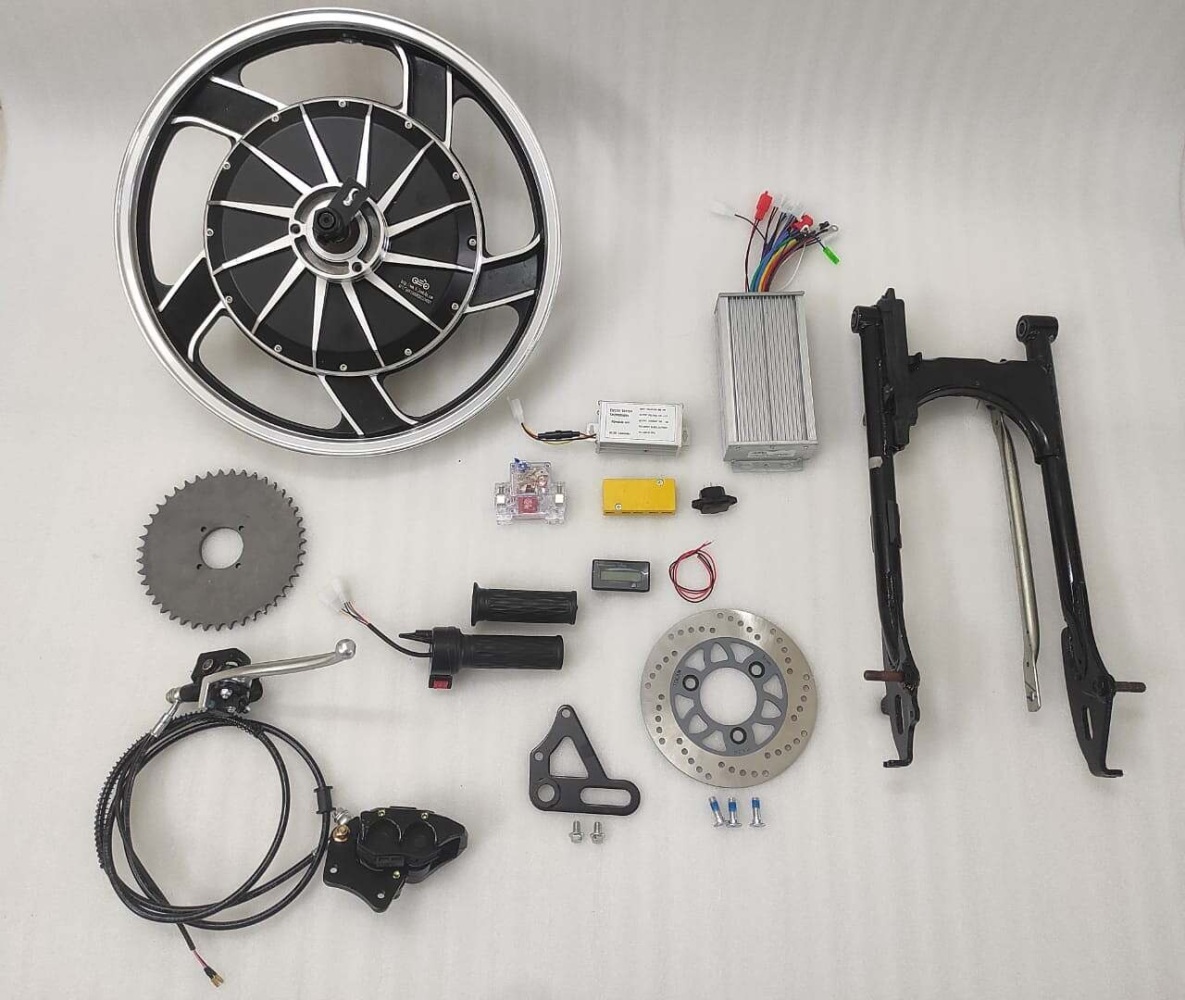
The global market for rheumatoid arthritis treatments is expected to grow at a CAGR of...
Learn More
Our consulting solutions address company specific challenges with respect to micro environment...
Learn More
Organizations frequently need day-today research guidancein order to gain strategic...
Learn More
Exploring different areas of market research and market analysis is a key factor...
Learn MoreAcute Market Reports presents the most extensive global business research services across industries. Our research studies focus on potential outcomes, benefits, and risks associated with each market segment across geographies. Having served our global clients for more than 10 years, our prime priority is to enable our clients in making well-informed business decisions through a data-driven, analytical, and uncomplicated research approach.
We provide access to the world's most comprehensive, analytical, and updated business intelligence services and solutions.




The hybrid EV conversion kit market is expected to grow at a CAGR of 15.5% during the forecast period of 2025 to 2033, driven by increasing environmental concerns, government regulations, and the push for sustainable mobility solutions. Despite the c...
Read More
The solar-powered elevator market is expected to grow at a CAGR of 6% during the forecast period of 2025 to 2033, driven by the increasing adoption of renewable energy solutions and the growing emphasis on sustainability in the construction and infra...
Read More
Esterquats, technically known as ester ammonium quats, have cemented their place in the modern world, particularly in the realm of fabric softeners and personal care products. Recognized for their biodegradability and efficiency in providing a soft a...
Read More




